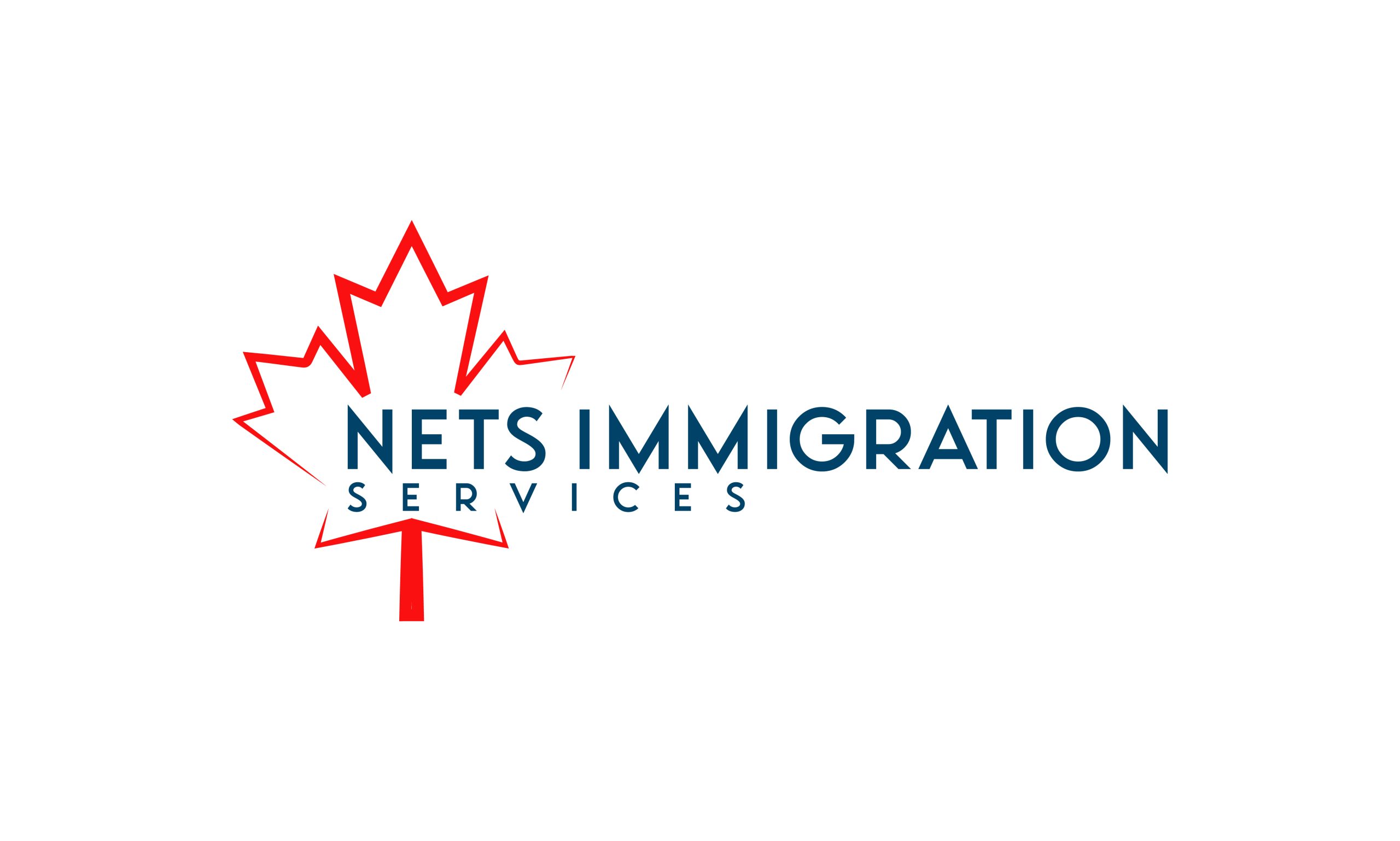One of the most common questions we hear is: How long will it take to bring my spouse to Canada?
The spousal sponsorship process can be emotional and stressful, especially when families are separated. Here’s a breakdown of what you can expect when applying for spousal sponsorship in Canada:
Average Processing Time
As of mid-2025, Immigration, Refugees and Citizenship Canada (IRCC) targets a 12-month processing time for most spousal sponsorship applications. That’s the goal — but real-life timelines can look a little different.
Several factors can speed things up or slow things down, including:
- Whether your spouse is applying from inside or outside Canada
- If your application is complete, accurate, and well-documented
- The country your spouse lives in (some visa offices are faster than others)
- Delays in getting police checks, medical exams, or background verification
- IRCC’s internal workload and processing priorities
While 12 months is the standard estimate, your actual timeline might be shorter—or longer—based on these details. Planning ahead and submitting a strong application can make a big difference.
Inland vs. Outland Sponsorship: What’s the Difference and Which One Is Right for You?
When sponsoring your spouse to come to Canada, you’ll need to choose between inland and outland sponsorship — and understanding the difference is key. Inland sponsorship is for couples already living together in Canada. One major benefit? Your spouse can often stay in the country while the application is processed and may even qualify for an open work permit, allowing them to work legally while they wait. On the other hand, outland sponsorship applies when your spouse is outside Canada. In some cases, this option can lead to faster processing times, depending on their country of residence. While they can try visiting you during the process, entry at the border is never guaranteed.
For the most up-to-date information, check IRCC’s online processing time tool — it’s updated regularly and can help you plan ahead.
What Slows Down a Spousal Sponsorship Application?
While IRCC aims to wrap up most spousal sponsorship cases in 12 months, many applicants end up waiting much longer — and often, the delays are totally avoidable.
Here are the most common reasons applications get stuck in limbo:
- Forms filled out incorrectly or missing key info
- Forgotten signatures or missing supporting documents
- Using outdated forms or paying the wrong fee
- No certified translations for documents not in English or French
- Delays in completing medical exams or police checks
- Not replying to IRCC requests on time
Heads-up: If your application is incomplete, IRCC can send the whole thing back — and that means starting over, wasting weeks or even months. Double (or triple) check everything before you hit submit!
How to Make Your Sponsorship Application Stronger
Here are some practical tips to help you avoid delays and boost your chances of approval:
- Use IRCC’s official document checklist to ensure nothing is missed.
- Submit clear proof of your relationship — photos, emails, texts, travel history, and financial ties all help tell your story.
- Include detailed relationship narratives to give context and depth.
- Provide certified translations for any documents not in English or French.
- Pay all government fees online and include the payment receipt with your application.
💡 Bonus Insight: IRCC pays close attention to the genuineness of your relationship. Make sure your story is honest, well-documented, and consistent throughout your application.
Can My Spouse Visit Canada While the Sponsorship Is in Process?
Yes, your spouse can apply to visit Canada during the sponsorship application process, but there are important things to keep in mind. To be approved for a visitor visa (Temporary Resident Visa or TRV), your spouse must meet all the standard visitor requirements, including proving strong ties to their home country—such as a job, property, or family—that demonstrate they intend to return after their visit. It’s important to remember that entry is never guaranteed, as visa officers carefully assess each application on its own merits.
If a TRV is required, it’s highly recommended to include a copy of your sponsorship application or the Acknowledgment of Receipt (AOR) letter with the visa application. This documentation helps show the purpose of the visit and supports the temporary nature of the stay.
Final Thoughts
The spousal sponsorship process can take time, but having a clear understanding of what to expect and how to prepare can help reduce stress and improve your chances of success. Whether you’re just starting or already preparing your application, seeking advice from an experienced immigration consultant can provide useful guidance and greater confidence throughout the process.

